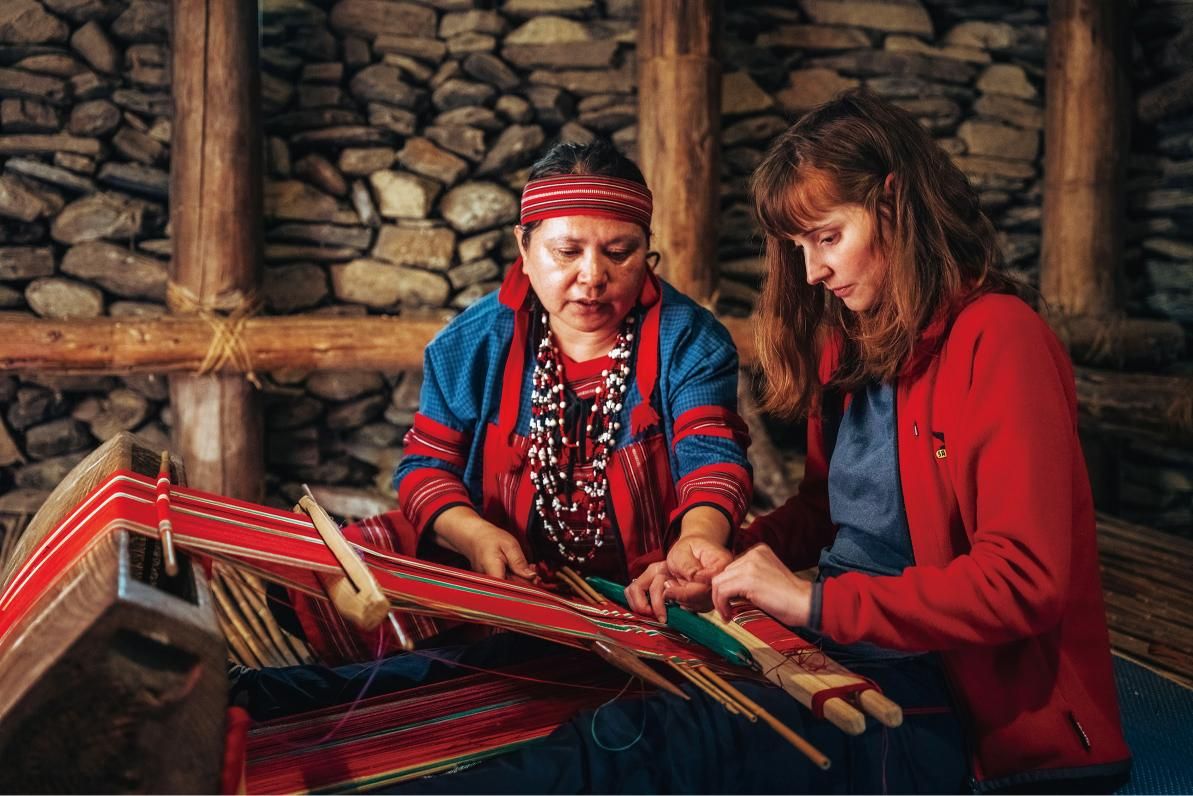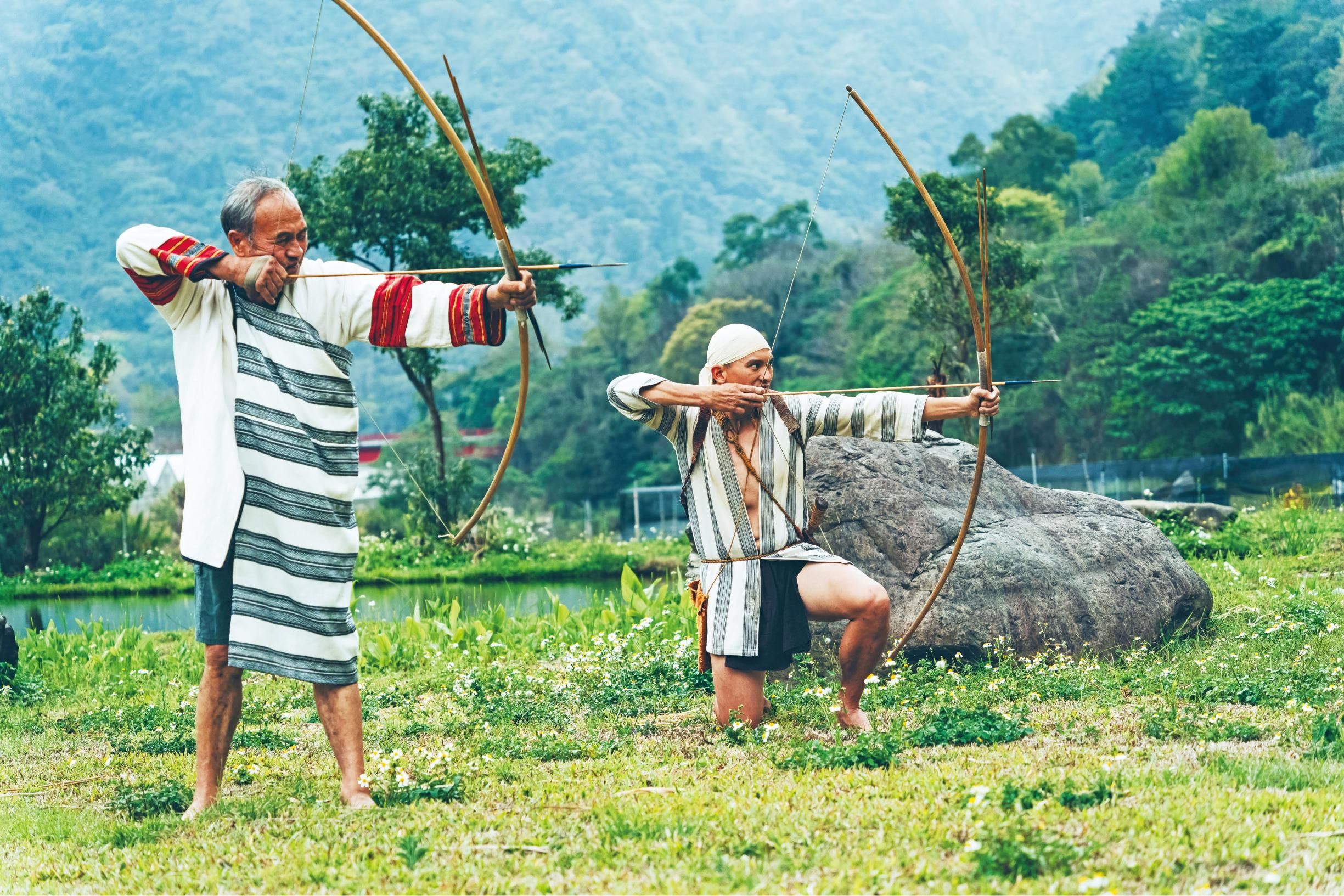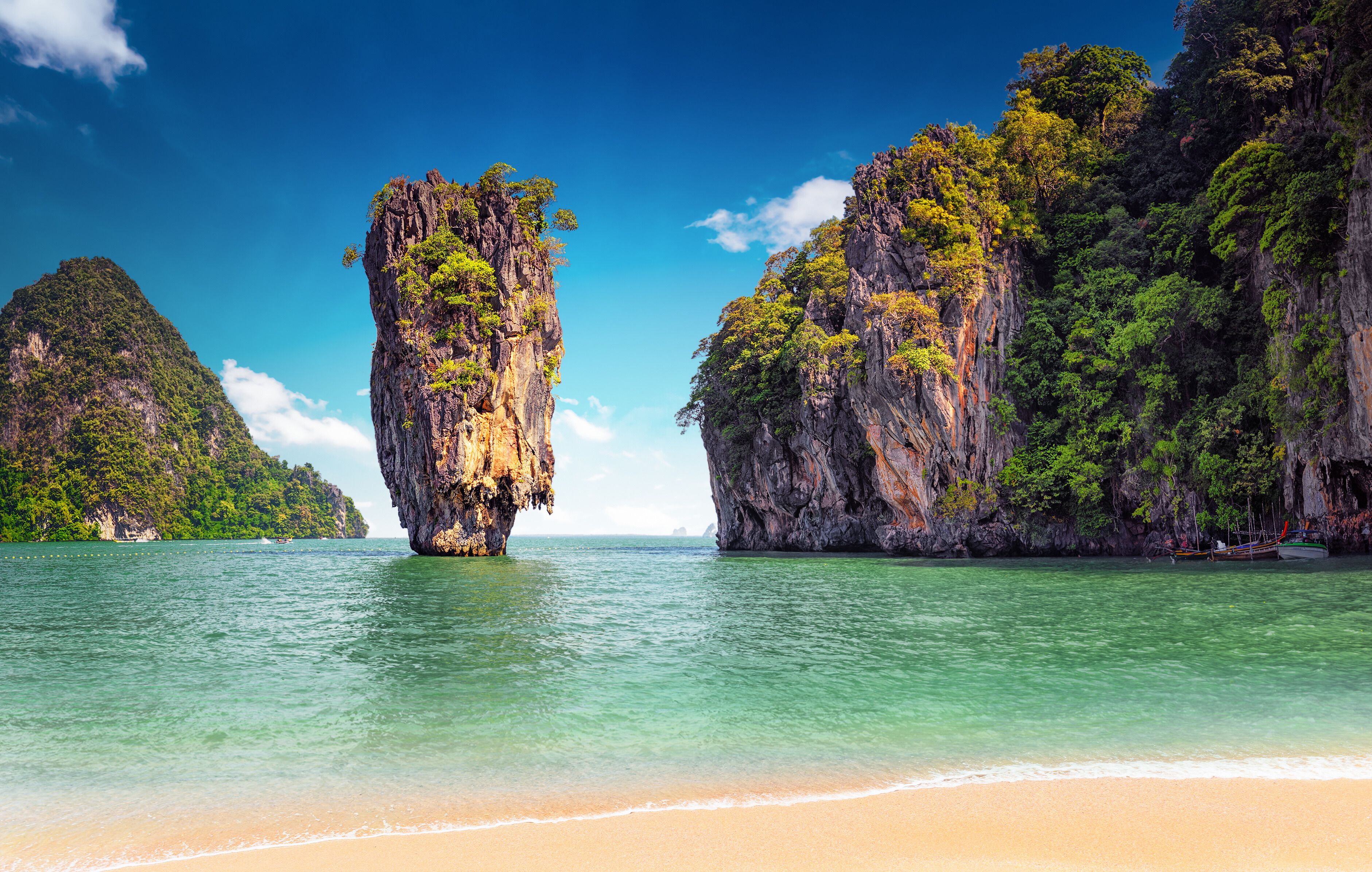Discovering Taiwan's Indigenous Culture through Travel
)
Taiwan is home to 16 officially recognized indigenous tribes, each with their unique cultural heritage and traditions.
With a growing interest in cultural tourism, travelers are increasingly drawn to exploring the rich and diverse indigenous cultures that Taiwan has to offer. This article will provide an in-depth overview of Taiwan's indigenous culture and offer suggestions for incorporating indigenous experiences into a travel itinerary.
A Brief Overview of Taiwan's Indigenous Culture
History and background: The indigenous peoples of Taiwan are believed is the ancestor of Austronesian, who have migrated to the island over 6,000 years ago, and there are currently 16 officially recognized tribes. These tribes have their own unique cultural heritage and traditions, which have been influenced by various factors such as geography, history, and neighboring cultures.
Cultural heritage and traditions: Taiwan's indigenous cultures are rich and diverse, and include unique languages, music, dance, arts and crafts, food, and clothing.

Indigenous Tourism in Taiwan
Overview: Indigenous tourism is a growing trend in Taiwan, and there are various ways for travelers to experience indigenous culture. These include homestays, cultural performances, and guided tours.
Homestays: Staying with an indigenous family is a great way to experience daily life and traditions firsthand. Visitors can participate in activities such as weaving, cooking, and farming, and gain a deeper understanding of the local culture.
Cultural performances: Many indigenous tribes offer cultural performances, which showcase their traditional music, dance, and clothing. These performances are a great way to experience the vibrancy and energy of the culture.
Guided tours: There are also many guided tours available, which provide an informative and structured way to learn about indigenous culture. These tours can include visits to traditional villages, museums, and cultural centers.

Popular destinations and attractions
Some popular destinations for indigenous tourism include the
- Alishan National Scenic Area: The Tsou (Cou) people settled in elevated Alishan Mountain in central Taiwan. Important ceremonies include the Homeyaya (Millet Harvest Festival) to show appreciations to the Gods and the Mayasvi (Triumph Festival) to demonstrate war merits. According to the Tsou legend, after creating the Tsou and Maya peoples with the maple leaf, the Great God Hamo created the plain peoples with the leaf of the bishop wood (Bischofia javanica). Then, the Tsou people gradually migrated to the present location, distributing in the upstream Zhengwen River drainage basin and Zhuoshui River drainage basin in Alishan (Psoseongana) Mountain in Chiayi County.
- Alishan High Mountain Tea Experience: For tea lovers, they can visit the tea area where there are 5 unique Tsou-style tea houses located around the tea gardens in Taiwan. Professional tea makers will brew a pot of fragrant and rich tea for the travelers. In addition, the tea masters will also explain the related knowledge and techniques of tea brewing, and you can personally experience how to brew an authentic cup of Alishan oolong tea.
- Alishan Forest Railway: Construction of the Alishan Forest Railway was commenced in 1899 by the Japanese. The railway climbs from 30 meters above sea level to 2,216 meters, has 47 tunnels and 72 bridges, and passes through a cross-section of climates and terrain types.
- Alishan National Forest Recreation Area: with its forest railways, Sacred Trees, sea of clouds, sunrise, and cherry blossoms, is the most famous and popular forest recreational area in Taiwan. It is a brilliant jadeite shinning on the Alishan Mountain Range.
- Sun Moon Lake National Scenic Area: The Thao trip is one of the aboriginal peoples in Taiwan and the earliest inhabitants of the Sun Moon Lake area. The origin of the name "Thao" meant "human". According to legend, when the ancestors of the Thao people were hunting, they accidentally discovered Sun Moon Lake, which is rich in fish and prawns, because they were chasing a white deer. So the whole family moved here to settle down.
Thao people have unique music and dance characteristics, such as pounding stone sound, song and dance performances, etc., which are popular among tourists. Among them, pounding stone sound, also known as pestle sound, was originally an important folk activity of Thao people in New Year's ancestor spirit sacrifice. When the sound of stones is played in the square of the headman's home, it is the prelude to the traditional New Year of the Thao people, which is upgraded from life experience to aesthetic music. The most distinctive cultural style of the ethnic group.
Feature spots:
- Sun Moon Lake Ropeway: Take a cable car ride overlooking Sun Moon Lake and enjoy the beautiful scenery surrounded by mountains.
- Formosan Aboriginal Culture Village: Formosan Aboriginal Culture Village has three theme parks: the European Palace Garden, the Aboriginal Villages and Amusement Isle. Amusement facilities in these three theme parks include joy ride, cultural square, artistic fountain, museums, aboriginal dance show, etc. The Culture Village is entertaining and educational, perfect for families on holidays
- Ita Thao: It is the most populous area around the Sun Moon Lake. There are stores, restaurants, and hotels in the village. Also the Thao people establishes the "Thao Cultural Village" for tourists to appreciate the traditional culture, songs, and dancing of the Thao tribe. The harvest ceremony, the most important and splendid ceremony among all the others held during the year, is held every year during August in lunar calendar. If you visit Ita Thao during this month, you will have the chance to appreciate the culture of the Thao people.
Indigenous Ceremonies
- Harvest Festival of the Amis tribe
The Harvest Festival is the largest festival of the Amis tribe. Different villages hold separate festivals during July and August; the festival has three stages, including welcoming the spirits, feasting the spirits, and sending the spirits off. In modern times, the ceremony has been shortened and the religious ceremonies simplified. Several activities have been added, including a race, tug-of-war, and arrow shooting competition. The festivities, once limited to tribal participation, are now open to the general public.
- Flying Fish Festival of the Yami (Tao) tribe
The lives of the Yami (Tao) people are closely intertwined with the Flying Fish Festival. Each year the flying fish come with the Kuroshio Current from January to June, and this brings a rich harvest of fish for the Yami (Tao) living on Orchid Island. That is why the tribe's people believe that these fish are gifts from the gods, and why they treasure this natural resource. Some of the tribe's social customs and taboos are also closely associated with the coming and going of the flying fish. The Flying Fish Festival consists of ceremonies that begin in the second or third month of the lunar calendar and run for approximately four months. The festival is divided into different parts, including the blessing of the boats, praying for a bountiful catch, summoning the fish, first-fishing night ceremony, fish storing ceremony, and fishing cessation ceremony. The men of the tribe wear loincloths, silver helmets, and gold strips, and face the sea to pray for a bountiful catch. Participation is restricted to men.
Traveling to experience Taiwan's indigenous culture can be a rewarding and eye-opening experience. By understanding the rich cultural heritage of Taiwan's indigenous peoples. Travelers can gain a deeper appreciation for the diversity and richness of Taiwan's cultural landscape.


